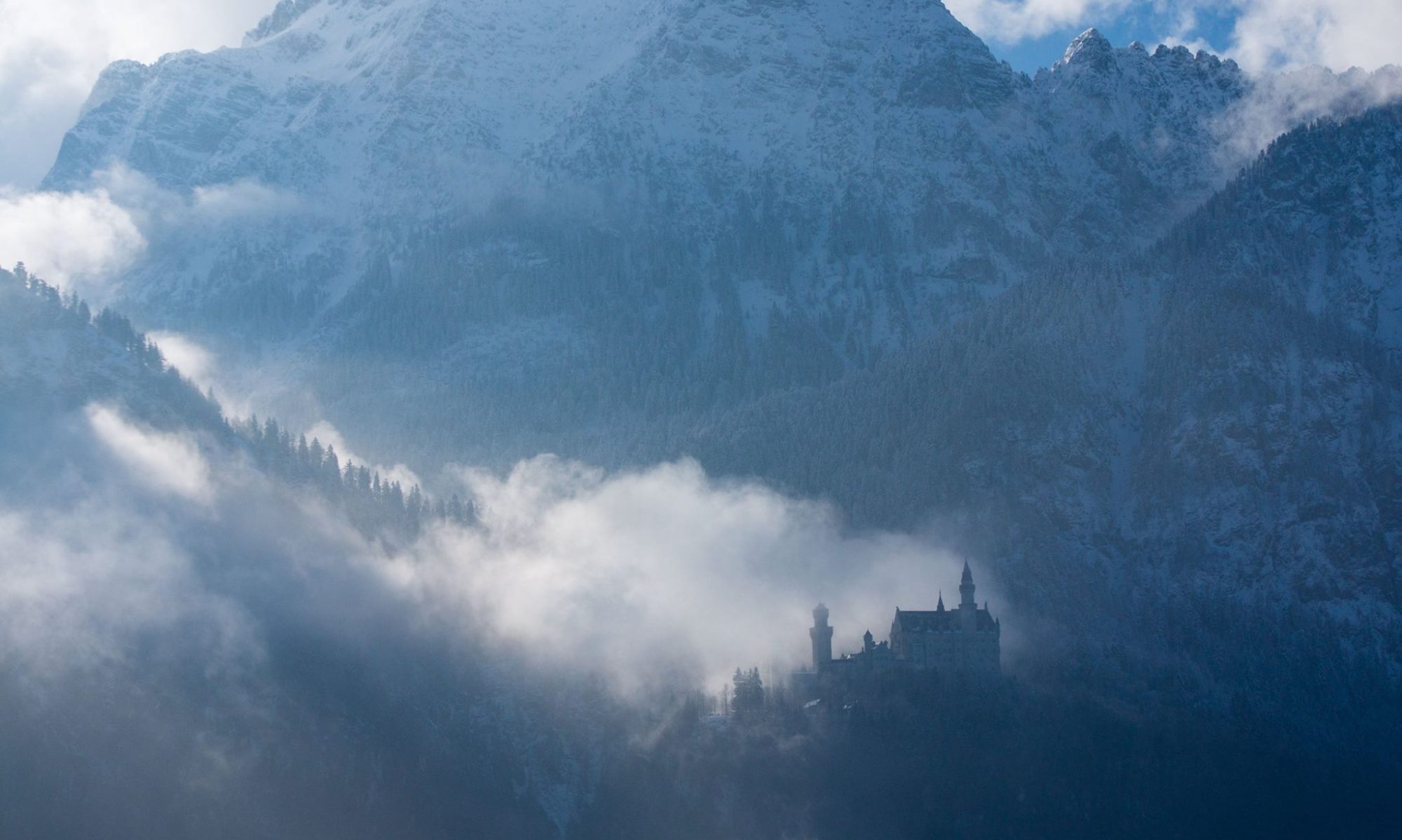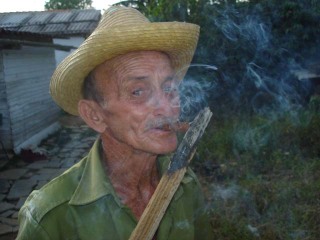May 6, 2007, Havana to Vinales by bus
After a supreme Mojito on the rooftop of a very fancy and expensive hotel we once again boarded one of the comfortable Tourist busses (Tourists are not allowed on local busses and vice versa) and headed towards Vinales in the Pinar del Rio Province, famous for its tobacco farms and magnificent landscape.
Severin’s sister had been to Cuba just a few months earlier. She got to know a very nice farmer family during her stay there and had given me a few presents for them (some chocolate, shoes for the boy and toothpaste for grandma). So upon our arrival we started to search for the family, which took quite a while as they literally lived off the beat track.
The entire family was indeed extreme friendly and open towards us. Offering fresh tasty coffee and hand rolled cigars (which were really strong).
May 9th, 2007, Viñales Valley
The Viñales Valley is yet another Unesco world heritage. We spent most of the second day exploring the area and hiking around. In the late afternoon we visited the farmer family once again to get some coffee roasted on open fire and smoke a few more cigars.
A little outside of Vinales are the caves of Santo Thomas which we had picked as our main event for our third day. The guided tour took about 2 hours and after that we hiked up one of the surrounding mountains to get a better view of the valley. By sheer luck we bumped into a guy who offered us a pack of excellent cigars for a very reasonable price. Usually we declined offers to buy illegal cigars because of the poor quality, but these cigars where in perfect condition and must have been straight out of a factory.
On our last day in Vinales we decided to explore the valley on the back of a horse. My horse went by the name of Palomo and was easy going, Sev’s horse on the other hand was a fiery black stallion called Negro. A funny incident was a short break at the very interesting holiday camp called “Dos hermanos”. “Dos Hermanos” means “two brothers” in Spanish and in the case of the holiday camp refers to two giant rocks (Mogotes called in Vinales)that are left and right of the camp. The real fun part was that the camp by name “two brothers” was full with Homosexuals from Havana on a holiday break. We bumped into larger groups of Homosexual men in Cuba twice, and every time it was hilarious how stereotypical they acted – female-like tone, even lipstick and makeup, pink belly free T-shirts.









